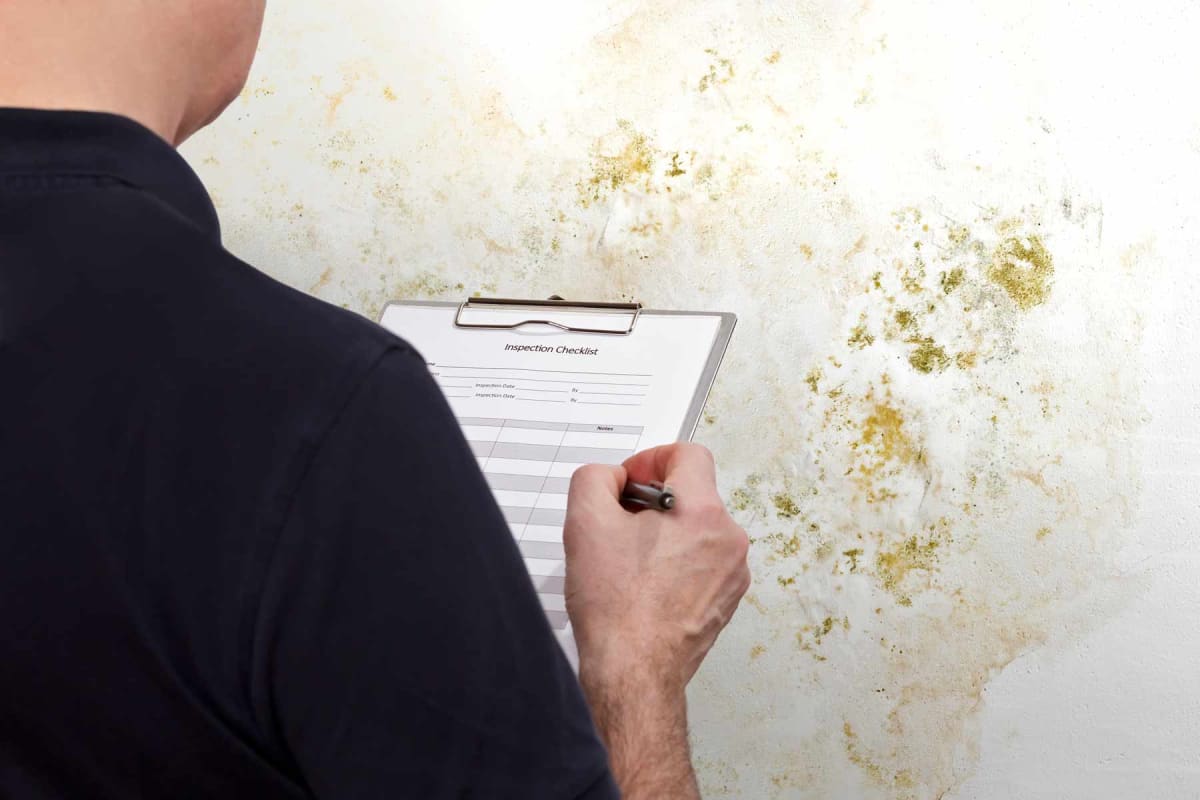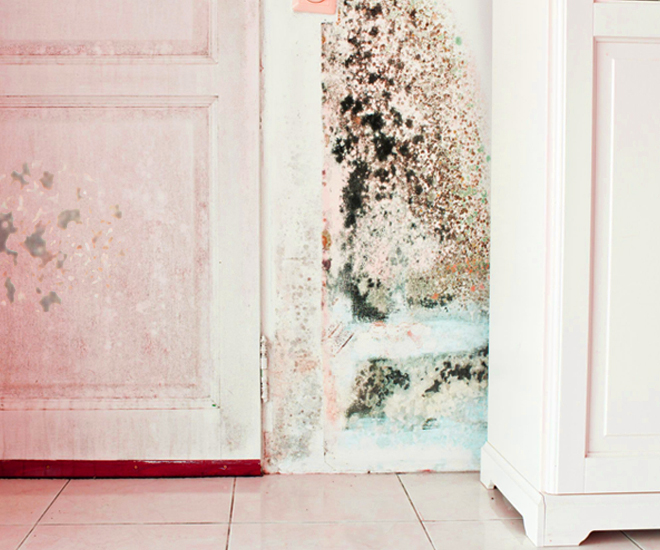Your Ultimate Overview to Article Mold Remediation Techniques
Navigating the realm of post-mold removal strategies is a careful process that requires attention to information and an extensive understanding of the details included. In the aftermath of mold and mildew problem, understanding how to effectively eradicate the mold and mildew and avoid its reoccurrence is paramount for keeping a healthy indoor atmosphere. From picking the ideal cleaning and decontaminating approaches to carrying out techniques for long-term mold and mildew avoidance, each action in the remediation trip plays a crucial duty in making sure a successful end result. As we begin on this exploration of post-mold remediation strategies, we will certainly uncover the vital techniques and ideal practices that can aid you restore your room to its pre-mold condition and secure it against future mold and mildew risks.
Understanding Post-Mold Remediation Process
After completing the mold removal procedure, it is important to recognize the post-mold removal methods that are necessary to make sure a reliable and thorough clean-up. When the mold and mildew has actually been removed, the following step involves cleansing and decontaminating the affected areas to stop any regrowth of mold and mildew.
Furthermore, conducting a last inspection post-remediation is vital to guarantee that all mold and mildew has actually been effectively eliminated. This examination needs to entail a comprehensive aesthetic check along with possibly air tasting to validate the lack of mold and mildew spores in the air. Extra remediation may be required if the examination reveals any kind of sticking around mold and mildew. Finally, informing occupants on safety nets such as managing dampness degrees and immediately dealing with any kind of water leaks can aid maintain a mold-free setting.
Reliable Cleaning Up and Sanitizing Techniques

Stopping Future Mold And Mildew Development

Relevance of Correct Ventilation
Correct air flow plays an essential function in avoiding moisture buildup, a crucial factor in mold and mildew growth within interior environments. Effective air flow systems aid get rid of excess moisture from the air, reducing the possibilities of mold spores discovering the dampness they require to sprout and spread. Without sufficient air flow, interior rooms can come to be a breeding place for mold, bring about potential health and wellness dangers and structural damages.
By guaranteeing appropriate air flow, ventilation systems can likewise help in drying out wet locations faster after water damages or flooding cases, better preventing mold and mildew development. Post Mold remediation cleaning. Precede like restrooms, kitchen areas, attic rooms, and cellars where moisture levels often tend to be higher, setting up and maintaining efficient air flow systems is important in avoiding mold and mildew infestations

Monitoring and Maintenance Tips
Provided the critical role that appropriate air flow plays in protecting against mold development, it is imperative to establish efficient tracking and upkeep suggestions to guarantee the continued capability of ventilation systems. Surveillance moisture degrees within the residential property is likewise crucial, as high moisture can contribute to mold and mildew growth. By staying positive and alert to the condition of air flow systems, residential or commercial property owners can successfully minimize the risk of mold regrowth and preserve a healthy and balanced indoor environment.
Conclusion
In final thought, post-mold removal strategies are necessary for guaranteeing a tidy and secure environment. Comprehending the procedure, implementing reliable cleaning and sanitizing techniques, avoiding future mold and mildew development, keeping appropriate ventilation, and regular surveillance are all essential action in the remediation process. By following these guidelines, you can successfully eliminate mold and prevent its return, promoting a healthy and balanced living or functioning area for all owners.
In the results of mold infestation, recognizing just how to successfully eliminate the mold and mildew and stop its reoccurrence is critical for preserving a healthy and balanced interior setting. When the mold and mildew has actually been gotten rid of, the next step entails cleaning and decontaminating the impacted locations to protect against any regrowth of mold - testing air quality after mold remediation. After eliminating noticeable mold and mildew growth, it is crucial to clean up all surface areas in the affected area to remove any type of staying mold and mildew spores. To additionally boost mold and mildew avoidance steps, it is necessary to deal with underlying problems that at first led to mold and mildew growth.Provided the essential role that what to do after mold remediation correct air flow plays in protecting against mold and mildew growth, it is vital to develop effective monitoring and upkeep ideas to guarantee the ongoing functionality of ventilation systems